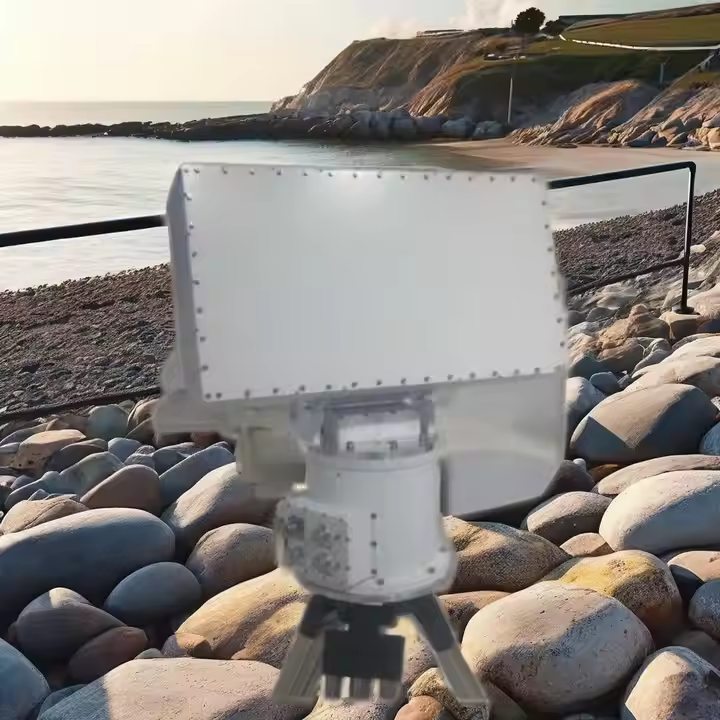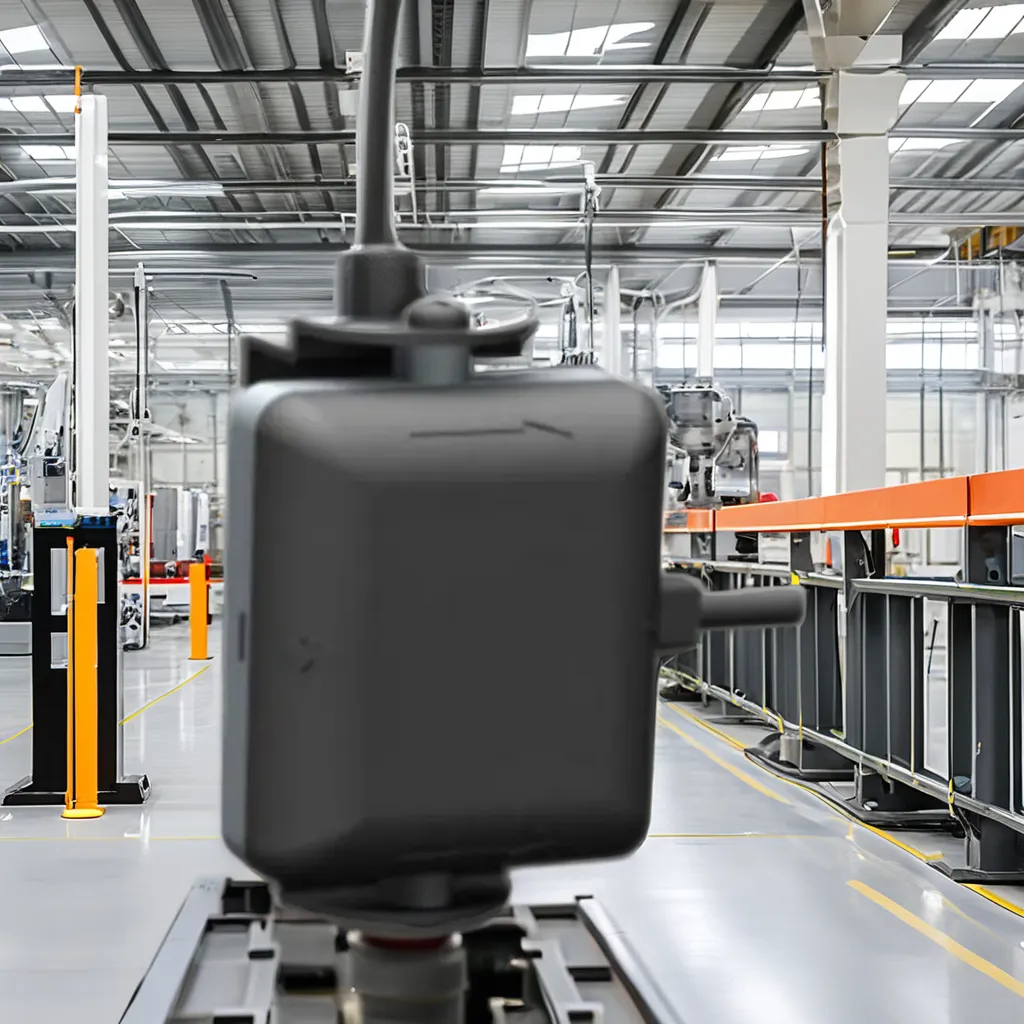long-range automotive radar
Long-range automotive radar represents a cutting-edge technology that enhances vehicle safety and autonomous driving capabilities. Operating at frequencies between 76-81 GHz, this advanced sensing system can detect objects and vehicles at distances up to 250 meters ahead. The radar continuously emits electromagnetic waves and analyzes their reflections to determine the speed, distance, and direction of surrounding objects with exceptional precision. This technology excels in various weather conditions, including rain, snow, and fog, where traditional optical sensors might struggle. The system's primary functions include adaptive cruise control, forward collision warning, and emergency braking assistance. It uses sophisticated signal processing algorithms to filter out noise and provide reliable data for the vehicle's advanced driver assistance systems (ADAS). The long-range radar's ability to maintain consistent performance in challenging environmental conditions makes it an essential component in modern vehicle safety systems. Additionally, its integration with other sensors, such as cameras and short-range radar, creates a comprehensive detection system that significantly improves driving safety and supports the development of autonomous driving technologies.


